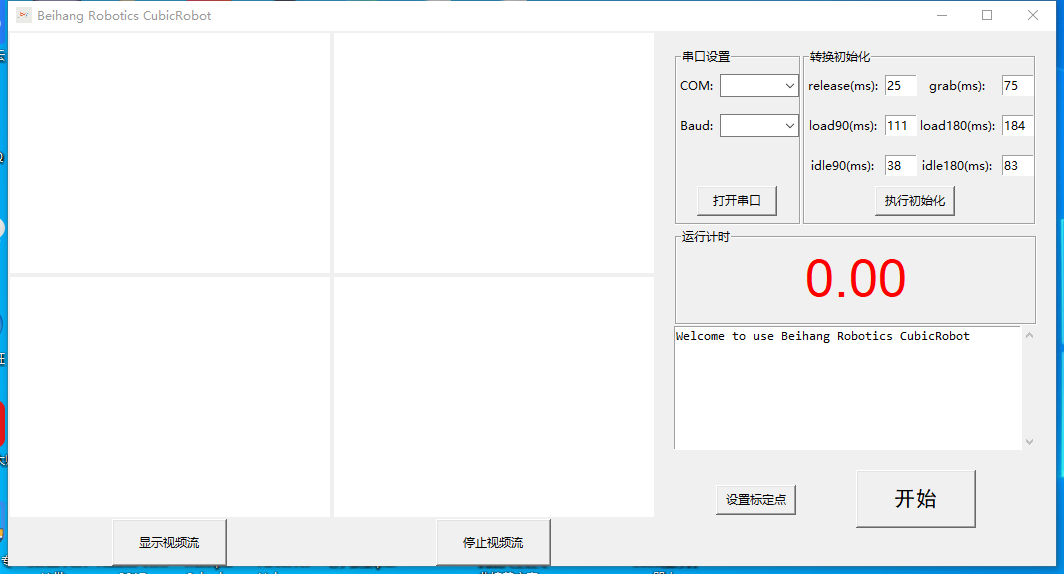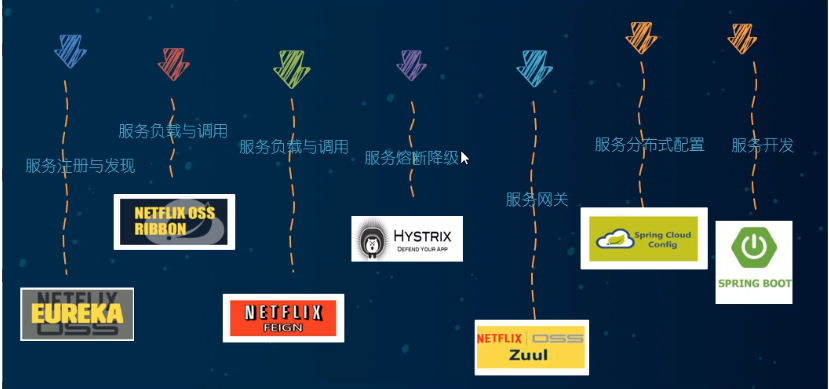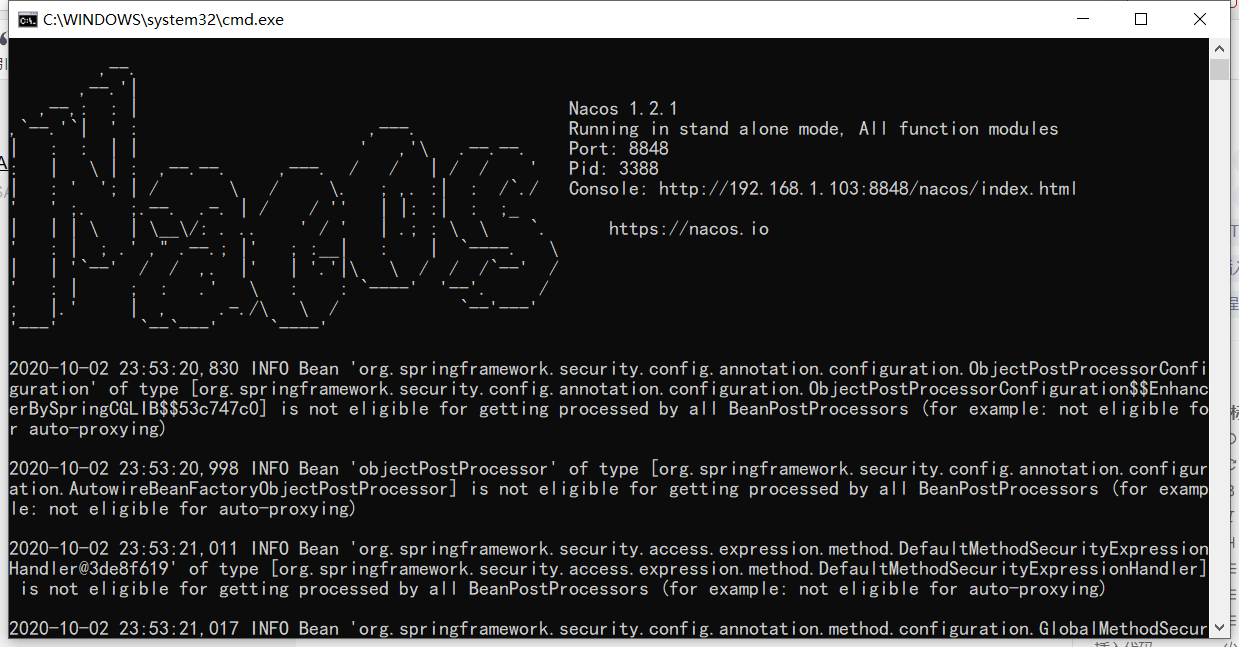使用Java API进行网络请求并处理响应数据
在Java中,我们可以使用Java Servlets或者HttpClient来实现网络请求。这里以HttpClient为例,展示如何发送GET和POST请求,并处理响应。
首先,确保添加了Apache HttpClient的依赖。如果你使用Maven,可以在pom.xml文件中添加以下内容:
<dependency><groupId>org.apache.httpcomponents</groupId><artifactId>httpclient</artifactId><version>4.5.13</version></dependency>
然后,编写Java代码进行网络请求和响应处理。
- 发送GET请求:
import org.apache.http.HttpResponse;import org.apache.http.client.methods.HttpGet;public class GetRequestExample {public static void main(String[] args) {HttpGet httpGet = new HttpGet("http://example.com");try (HttpResponse response = HttpClientUtils.executeHttpClient(httpGet)) {// 处理响应String content = EntityUtils.toString(response);System.out.println(content);} catch (Exception e) {e.printStackTrace();}}}
- 发送POST请求:
import org.apache.http.HttpEntity;import org.apache.http.client.methods.HttpPost;import org.apache.http.entity.StringEntity;public class PostRequestExample {public static void main(String[] args) {// 创建POST请求HttpPost httpPost = new HttpPost("http://example.com/api");// 设置请求体StringEntity stringEntity = new StringEntity("Your data here");httpPost.setEntity(stringEntity);try (HttpResponse response = HttpClientUtils.executeHttpClient(httpPost)) {// 处理响应HttpEntity entity = response.getEntity();if (entity != null) {byte[] content = EntityUtils.toByteArray(entity);System.out.println(new String(content)));}} catch (Exception e) {e.printStackTrace();}}}
以上代码示例展示了如何使用Java API进行网络请求(GET和POST)并处理响应数据。



































还没有评论,来说两句吧...